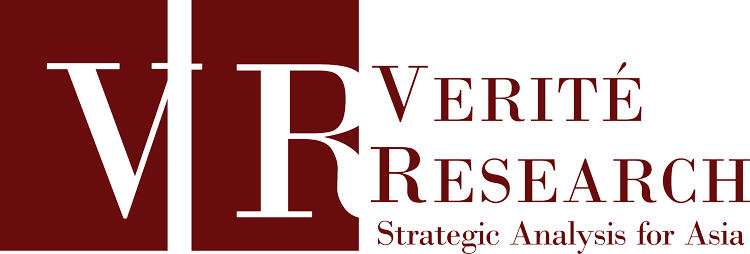| dc.contributor.author | Econ Team | |
| dc.date.accessioned | 2019-10-02T03:08:19Z | |
| dc.date.available | 2019-10-02T03:08:19Z | |
| dc.date.issued | 2017-02-10 | |
| dc.identifier.uri | http://repo.veriteresearch.net/handle/123456789/665 | |
| dc.description | This insight was originally published in the Daily Mirror on the 10th of February 2017. | en_US |
| dc.description.abstract | Taxes are the key source of government revenue. Normally, tax share as a percentage of GDP is expected to increase as per capita GDP rises. This Insight shows that in Sri Lanka, this is not the case; the country’s per capita GDP has been rising but the tax to GDP ratio has been falling. Sri Lanka needs to improve its tax revenue to ensure that the government has enough money to spend towards welfare and growth while not running the risks of high budget deficits and debt levels. The example of Georgia in the last decade points to a significant opportunity to reverse this puzzling and strangling trend. | en_US |
| dc.language.iso | en | en_US |
| dc.publisher | Colombo: Verité Research | en_US |
| dc.relation.ispartofseries | VR Insights; | |
| dc.subject | Econ insight | en_US |
| dc.subject | public finance | en_US |
| dc.subject | taxation | en_US |
| dc.subject | tax policy | en_US |
| dc.subject | tax structure | en_US |
| dc.subject | trade taxes | en_US |
| dc.subject | tax administration | en_US |
| dc.subject | RAMIS | en_US |
| dc.subject | Revenue Administration Management Information System | en_US |
| dc.subject | tax collection | en_US |
| dc.subject | public sector administration | en_US |
| dc.subject | cross country tax comparison | en_US |
| dc.title | Fixing Sri Lanka’s Revenue Problem is a Priority | en_US |
| dc.type | Other | en_US |

